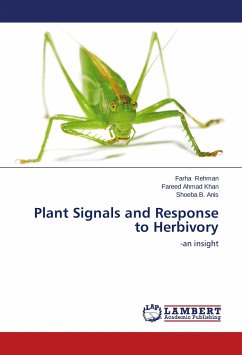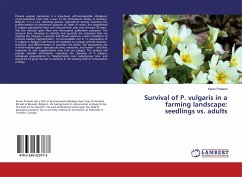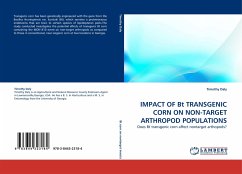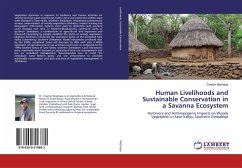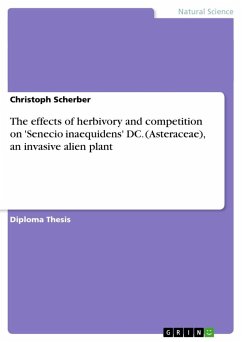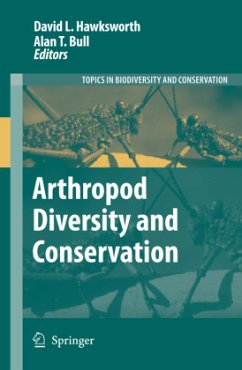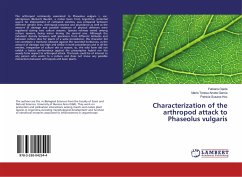
Characterization of the arthropod attack to Phaseolus vulgaris
Versandkostenfrei!
Versandfertig in 6-10 Tagen
24,99 €
inkl. MwSt.

PAYBACK Punkte
12 °P sammeln!
The arthropod community associated to Phaseolus vulgaris L. var. aborigineus (Burkart) Baudet, a native bean from Argentina, potential source for improvement of cultivated varieties, was compared between different genetic lines. Arthropod presence and abundance as well as the amount of damage and possible existence of physical defenses were registered during two culture seasons. Species richness varied among culture seasons, being minor during the second one. Although the indument density between wild specimens from different latitudes and between culture sites for plants of a same procedence,...
The arthropod community associated to Phaseolus vulgaris L. var. aborigineus (Burkart) Baudet, a native bean from Argentina, potential source for improvement of cultivated varieties, was compared between different genetic lines. Arthropod presence and abundance as well as the amount of damage and possible existence of physical defenses were registered during two culture seasons. Species richness varied among culture seasons, being minor during the second one. Although the indument density between wild specimens from different latitudes and between culture sites for plants of a same procedence, this character did not constitute a mechanic obstacle against the recorded herbivores, as the amount of damage was high and similar in both procedences and in all the entities, irrespective of culture site or season; so, the wild form did not exhibit a better performance against the presumptive hybrid nor the weedy form respect to arthropod attack. This book could be of interest to any person who wants to a culture and does not know any possible interactions between arthropods and bean plants.



